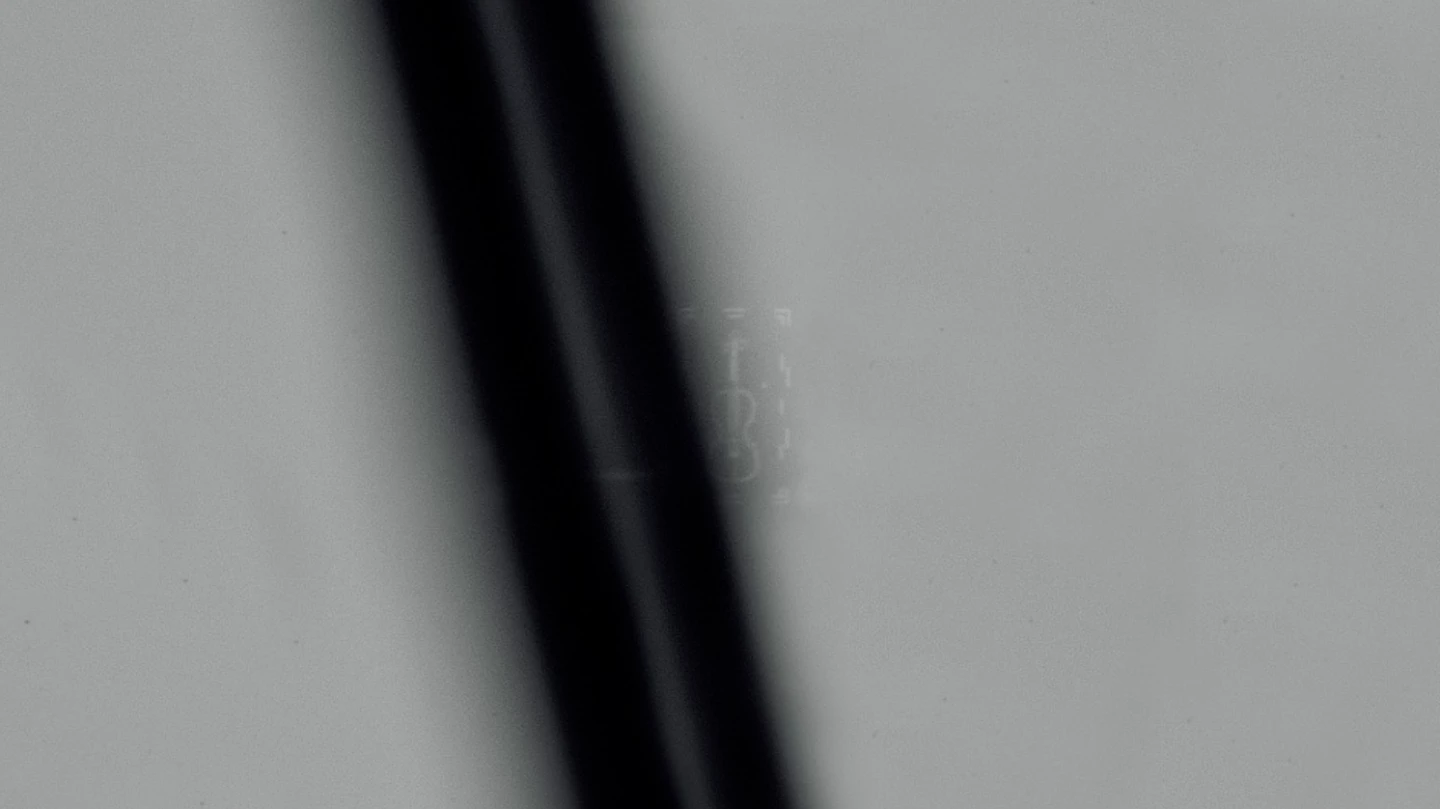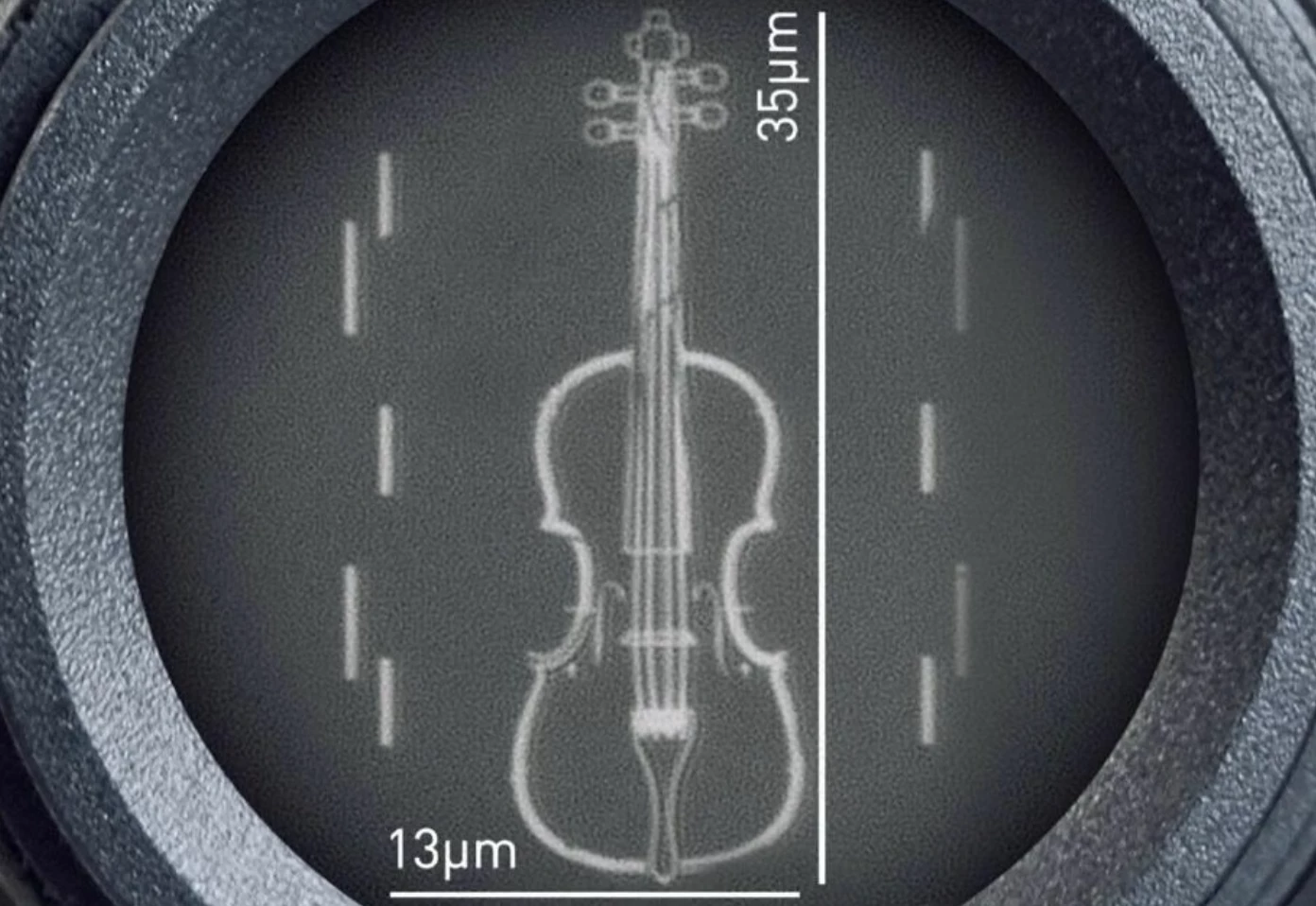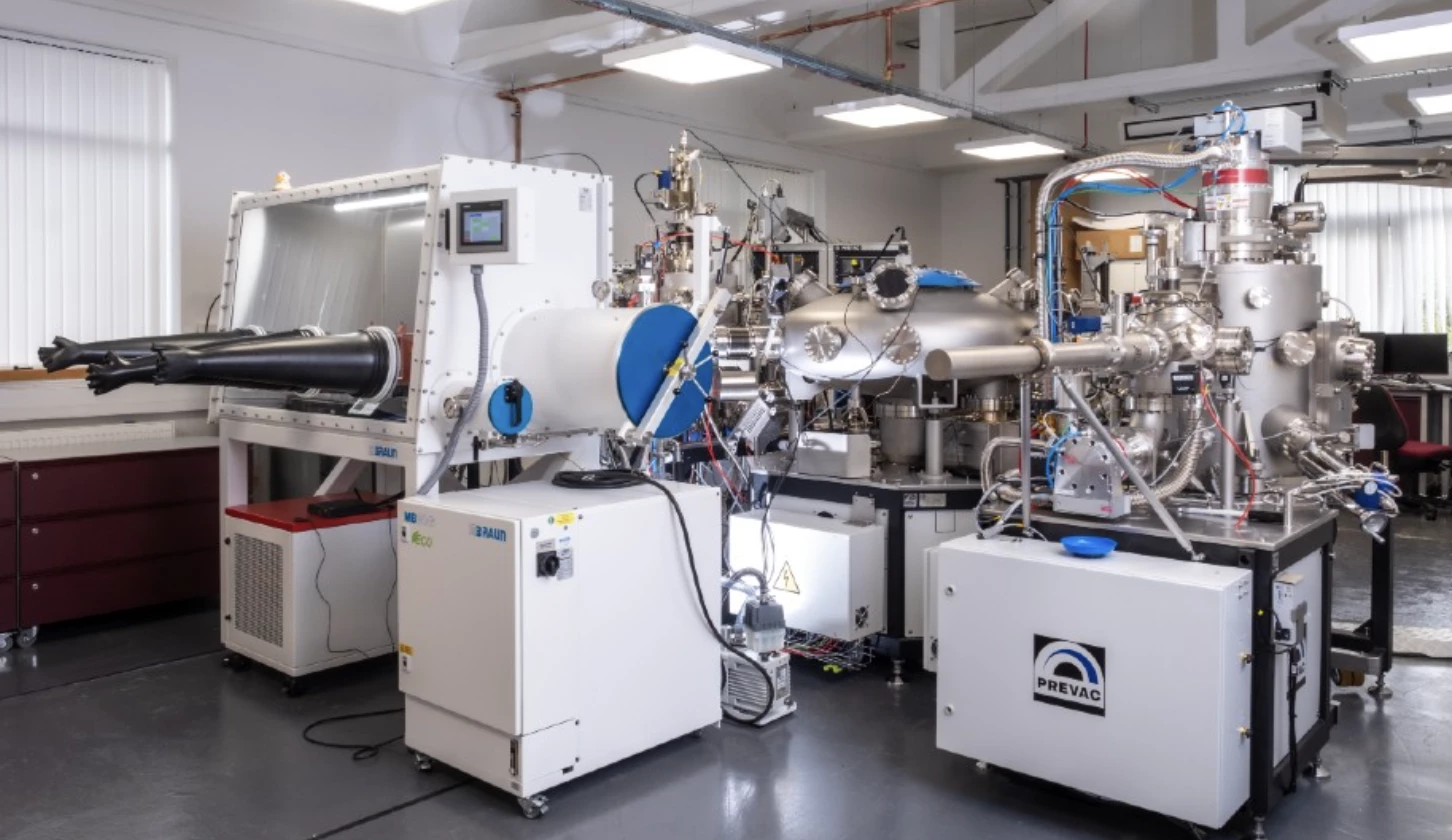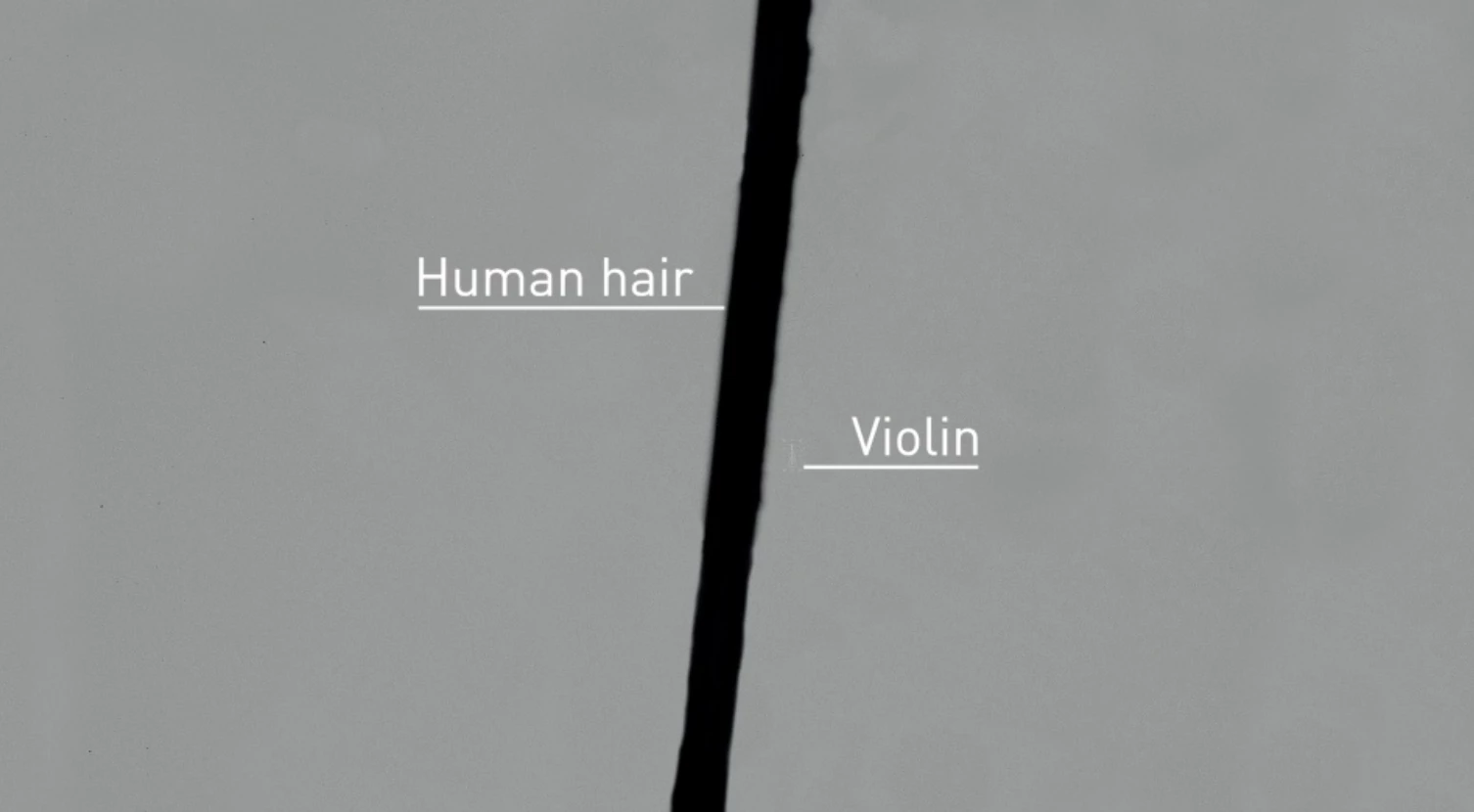A platinum fiddle that's just 35 microns in length and 13 microns in width is believed to be the world's smallest violin, measuring just a fraction of a tardigrade or the diameter of an average human hair. But before you get too excited, or ponder the logistics of operating such a tiny instrument, we must unfortunately break the news that it can't be played.
Loughborough University physicists – who clearly have a sense of humor and some marketing nous – created the image of the teeny violin to showcase the power of a new nanolithography technology. As the name suggests, nanolitography systems operate on the nanoscale, enabling scientists to make and investigate structures on at this microscopic level. For context, one micron equals 0.00003937 inches (0.001 mm). A micron – also a micrometer – is in turn 1,000 times larger than a nanometer.
“Though creating the world’s smallest violin may seem like fun and games, a lot of what we’ve learned in the process has actually laid the groundwork for the research we’re now undertaking," said Professor Kelly Morrison, who heads the Physics department at Loughborough. “Our nanolithography system allows us to design experiments that probe materials in different ways – using light, magnetism, or electricity – and observe their responses. Once we understand how materials behave, we can start applying that knowledge to develop new technologies, whether it's improving computing efficiency or finding new ways to harvest energy."


While "smallest violin" might seem like a sneaky claim, it does make the scale of this technological advancement more tangible than talking in microns and nanometers. And the nanolithography system ultimately has a more useful purpose – developing a new generation of computing devices.
The system, which barely fits in the university's large laboratory, boasts a nano-scuplting machine called the NanoFrazor that uses thermal scanning probe lithography. Essentially, this machine has a tiny needle-like tip that, when it's heated, can "write" nanoscale-sized lines and patterns on a material. It was used to etch the tiny violin image on a chip, which was then filled with a thin layer of platinum.
The finished product, the researchers say, is about the size of a speck of dust to the naked eye – but its detail can be seen when viewed though a microscope.

Unplayable violins aside, nanolithography is expected to play a crucial role in the advancement of microchip and other computing technologies, as well as energy conservation, as our rapidly evolving data-driven digital landscape puts increasing pressures on existing systems.
But as the Loughborough team correctly assumed, that's a little less fun for most of us than picturing tiny fiddles inside microscopic water bears …
“I’m really excited about the level of control and possibilities we have with the set-up,” said Morrison, “I’m looking forward to seeing what I can achieve – but also what everyone else can do with the system.”
Morrison also published a blog with more details on making the instrument here.
Source: Loughborough University









